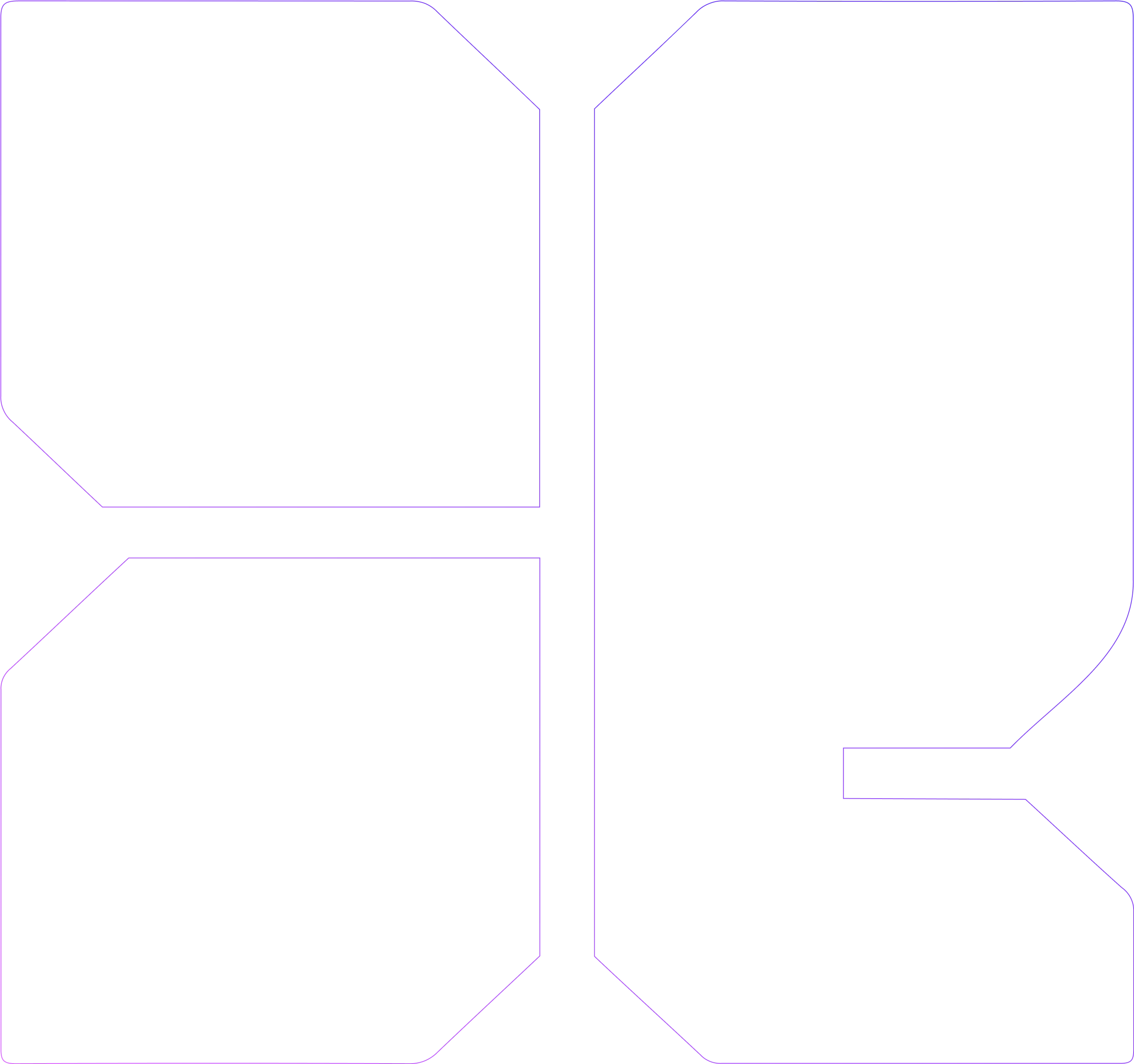

How IoT Applications Are Impacting Different Domains, and Why Your Business Needs it
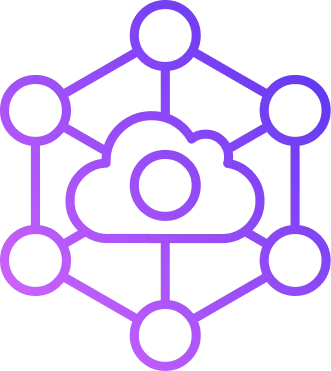
Understanding the Internet of Things – IoT
The Internet of Things (IoT), in a nutshell, is the interconnection of all devices connected to the internet. It is a network of devices, machines, objects, and even living beings that have a UID (Unique Identifier) and the capability to relay data over a network directly to another device or via a central hub.
This, mind you, includes every device that has the ability to connect to the internet (or interconnect via LAN), which could be mobile phones, driverless cars, microwave ovens, wireless smart watches, traffic cameras, and smart refrigerators.
Now, you might have already experienced the power of IoT if you own or have visited a smart home. A smart home is the consumer-centric use of IoT, where every device within the house and belonging to the owner is interconnected via the internet.
This allows the owners to control appliances and utilities remotely via a smartphone mobile app or even via voice command. This is one example of the commercial use of IoT. The technology is also used in other sectors, like in the healthcare industry, automotive industry, agriculture industry, etc., and is something we explore in this article.
From a business standpoint, IoT aims at optimizing daily operations and improving deliverability. Internet of Things (IoT) applications enable multiple devices within the business network to relay information to one another, and with the power of AI and ML, this information can be manipulated and analyzed to draw quick analyses and conclusions. In this article, we explore the benefits IoT can bring to your business, and why you should implement it.
How IoT Works
An IoT solution for your business will be made up of four essential components: sensors/devices, connectivity network, data processing, and a user interface.
- The first step is data collection, which happens via sensors like cameras, GPS systems, light or sound detectors, etc., and via devices like mobile phones, computers, etc.
- The next step is establishing connectivity between all these sensors and devices, and to a central hub that is usually the cloud. This connectivity can happen over WiFi, LAN, Bluetooth, Infrared, etc.
- Once the data is received by the Cloud system, IoT applications enabled with AI and ML process this data to provide useful feedback and insights.
- Once the data is processed to reveal useful information, the required action is taken. This can be automated, so the IoT system takes automatic action, or action can be taken by the user via a user interface.
A simple example is a wearable heart monitor used in the medical field. A patient can strap a wrist device that tracks their heart rate (1. Data Collection via a Device) and sends it to a cloud system (2. Network Connectivity). The IoT application tracks and interprets this information, and through ML can identify irregular patterns (3. Data Processing). When an irregular pattern is observed, it sends a notification to the hospital (4. to a User Interface) where concerned officials can take action.
Benefits Organizations are Reaping From Iot Solutions
1. Drops Operating Costs
IoT solutions provide real-time monitoring which helps industries, irrespective of their domain, take proactive measures to mitigate risks. Data analyzed from daily operations also helps optimize workflow, thereby reducing costs. In a manufacturing unit, for example, IoT can help prevent the breakdown of a machine or production line and prevent downtime through real-time state tracking.
2. Improves productivity
IoT solutions, especially when automated, improves productivity by reducing human prone errors and execution time. In the retail industry, for example, IoT can track inventory in real-time and procure items automatically when they fall below a threshold, preventing the need for human interaction.
3. Increases Safety for Products and Humans
IoT solutions can be used to track environmental conditions to provide safety and security for both products and humans. In the healthcare industry, for example, IoT sensors can track the temperature and humidity levels at a blood bank to ensure all samples remain viable.
4. Provides Actionable Consumer Behaviour Analytics
IoT solutions have the capability to collect, process, and analyse consumer behaviour data and provide organizations with useful insights that can be used to pitch products or services. In the e-commerce industry, for example, IoT is being used to learn what products each consumer is likely to purchase, in order to show the right products on their online portals.
How Mobile Apps Fit Into the IoT Model
There are over 5 billion unique mobile users in the world today, according to a report by Datareportal. Since IoT relies on data collected by sensors and devices, mobile phones are the single largest source of unique data points for IoT applications. IoT enabled mobile apps developed for smartphones and smartwatches are being used to relay information from the user to the company, which then uses this information to enhance the lives of its users.
In the medical field, monitoring devices worn on the wrist are synced with mobile phones that then relay information to hospitals where doctors can remotely monitor the health conditions of a patient.
In the field of transportation, IoT logistics solutions let freight owners track the location of every product over the mobile phone through the application interface. They can also take action like rerouting and invoicing remotely through the application.
In the case of smart homes and home automation, homeowners can control appliances and utilities remotely through the IoT application on their mobile phone. The sensors notify you if a light is left on at home and through your phone, you can turn it off!
In the agriculture industry, farmers can receive notifications about soil conditions, humidity levels, and temperature conditions, all collected by IoT sensors, on their mobile phones so they can take necessary action to protect their crops.
The Bottom Line
IoT was a buzzword a few years ago, but it isn’t anymore. It is here in usable formats, and your competitors are leveraging it to grow and make profits. Every domain has IoT enabled solutions that are helping companies optimize workflow, increase productivity, and mitigate risks and errors. It’s time you experienced the power and benefits of IoT.
At x-enabler, we are currently helping our customers prepare for the change by enabling their solution to be available on all devices including wearable, smart home solutions and new age IoT devices. Together, we are using technology as a driving force to achieve a better, broader solution that can improve usefulness of current products tenfold.
Interested in implementing IoT? Contact us!
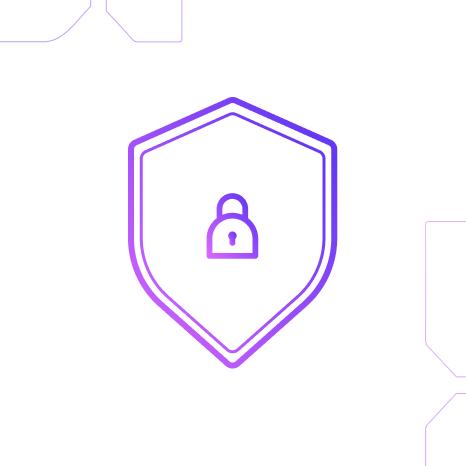
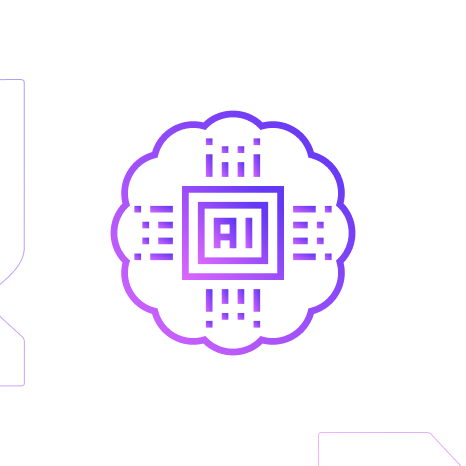
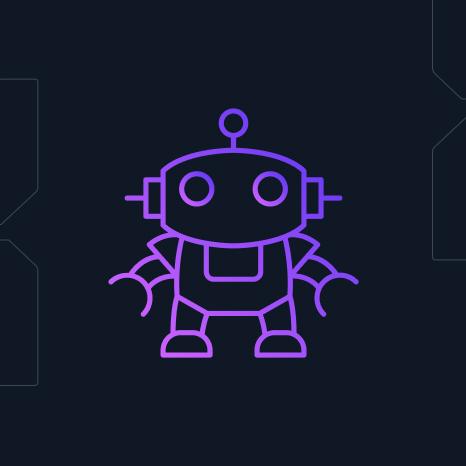
Leave a comment!